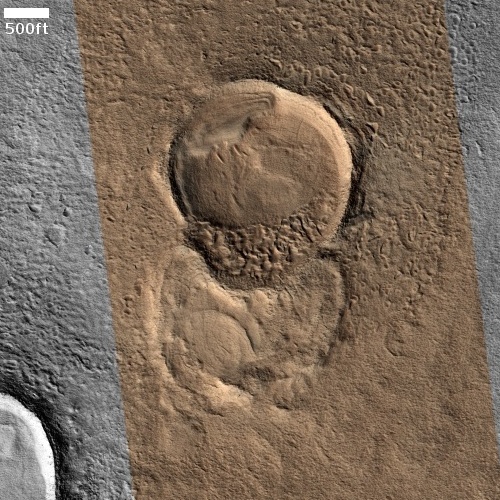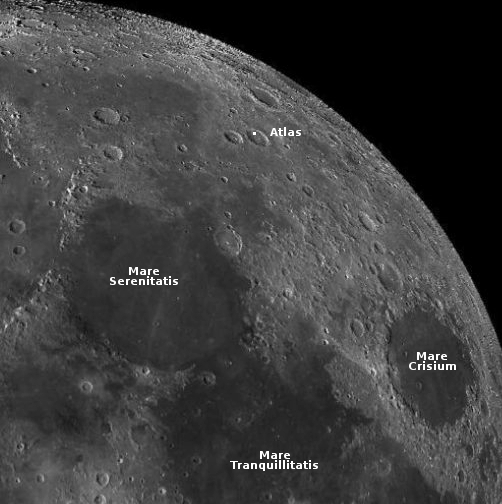Second stage on Relativity’s first launch fails to fire
The first test launch of Relativity’s 3D rocket, Terran-1, achieved the mission’s minimum goals, with the first stage performing exactly as planned and the 3D-printed rocket successfully completing engine cut-off and stage separation.
At that point the second stage engine failed to fire, and the upper stage fell into the ocean.
I have embedded the live stream from last night below. The company had made it clear that their number one goal for this flight was getting that 3D-printed rocket through max-q, the time when the atmospheric pressures on the rocket are their greatest. In this area the launch was a success.
This was also the first American launch of a methane-fueled rocket, and it was fascinating seeing the difference in the rocket’s plumes from other fuel types. Terran-1’s engine plumes were a clear distinct blue, quite different from the white and smokey plumes produced by solid-fueled and kerosene-fueled rocket engines, and the almost invisible plume of space shuttle’s hydrogen-fueled engines.
As yet, no methane-fueled rocket has reached orbit, though two Chinese companies and Relativity have tried. SpaceX will try itself when it launches Superheavy/Starship.
» Read more
The first test launch of Relativity’s 3D rocket, Terran-1, achieved the mission’s minimum goals, with the first stage performing exactly as planned and the 3D-printed rocket successfully completing engine cut-off and stage separation.
At that point the second stage engine failed to fire, and the upper stage fell into the ocean.
I have embedded the live stream from last night below. The company had made it clear that their number one goal for this flight was getting that 3D-printed rocket through max-q, the time when the atmospheric pressures on the rocket are their greatest. In this area the launch was a success.
This was also the first American launch of a methane-fueled rocket, and it was fascinating seeing the difference in the rocket’s plumes from other fuel types. Terran-1’s engine plumes were a clear distinct blue, quite different from the white and smokey plumes produced by solid-fueled and kerosene-fueled rocket engines, and the almost invisible plume of space shuttle’s hydrogen-fueled engines.
As yet, no methane-fueled rocket has reached orbit, though two Chinese companies and Relativity have tried. SpaceX will try itself when it launches Superheavy/Starship.
» Read more













